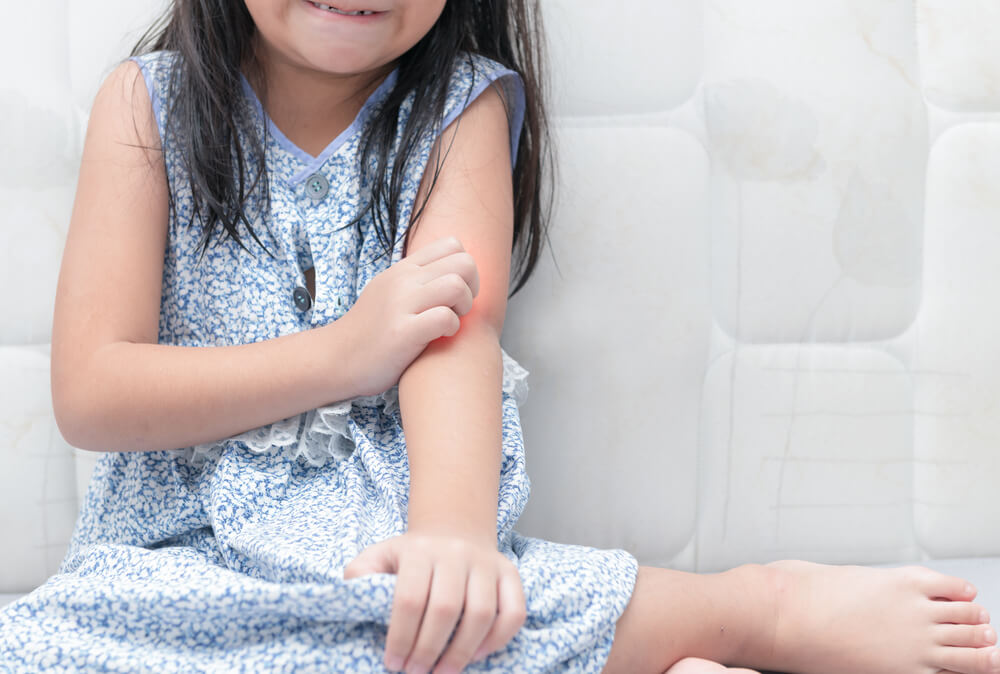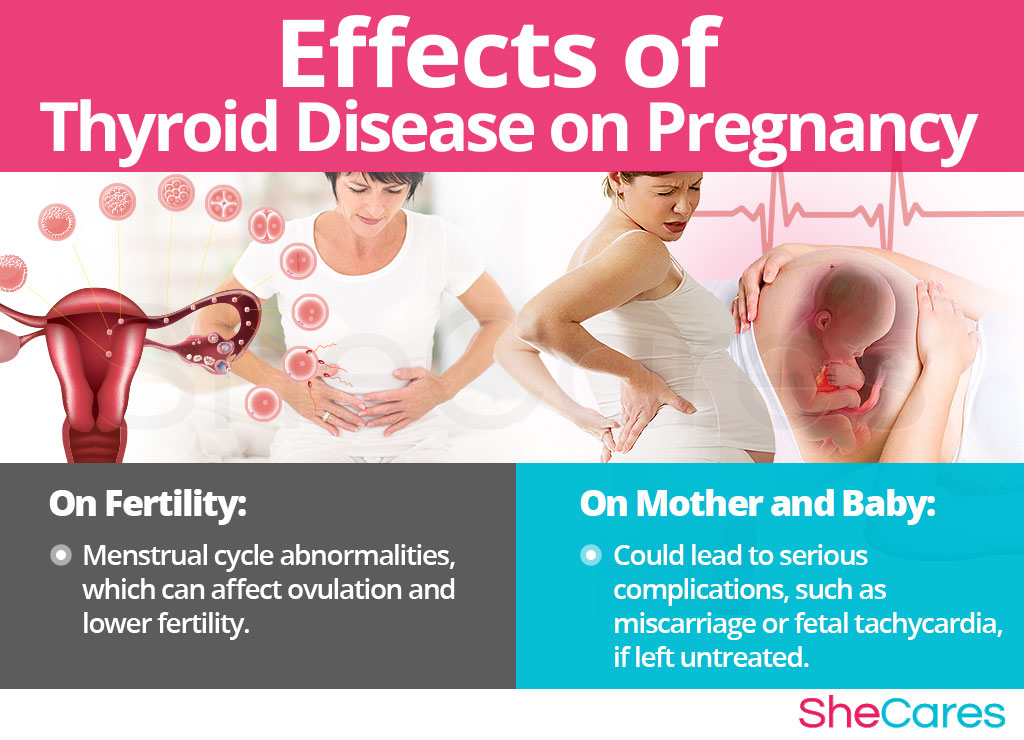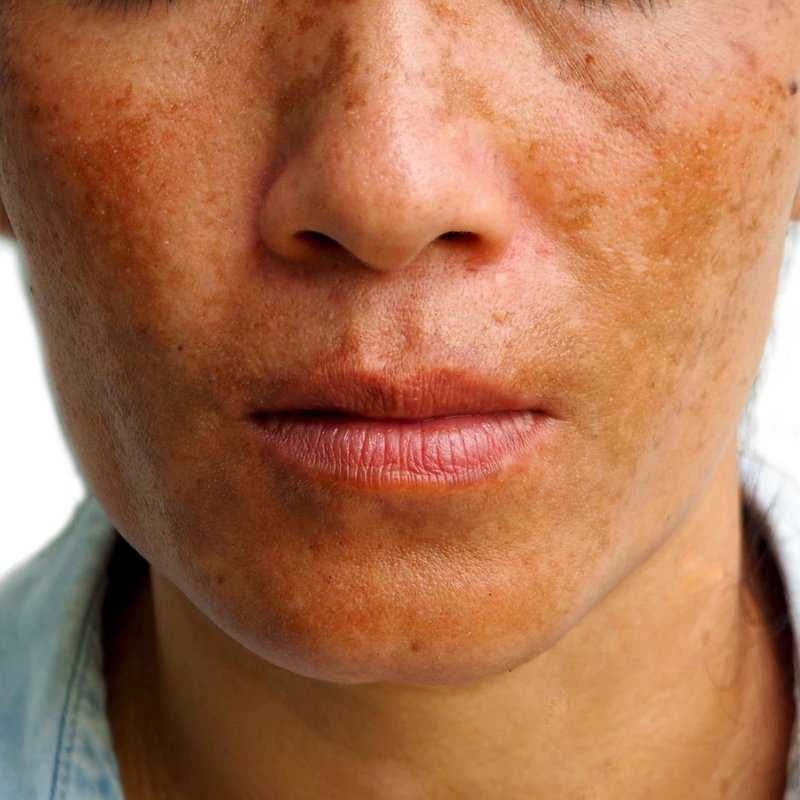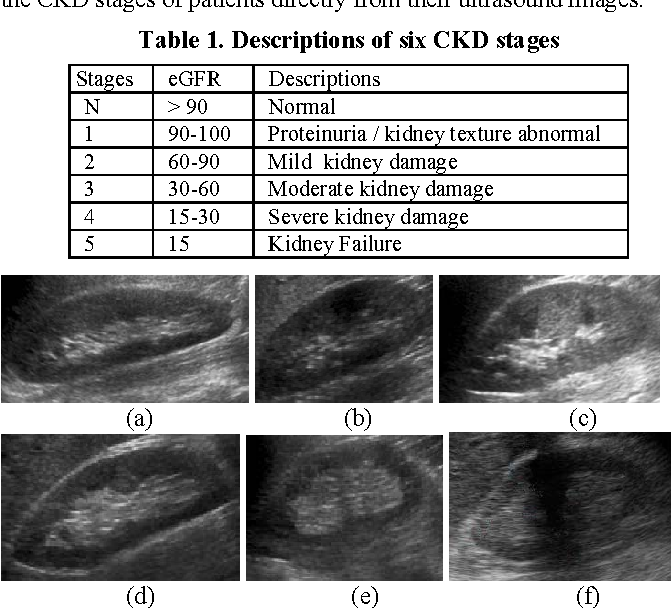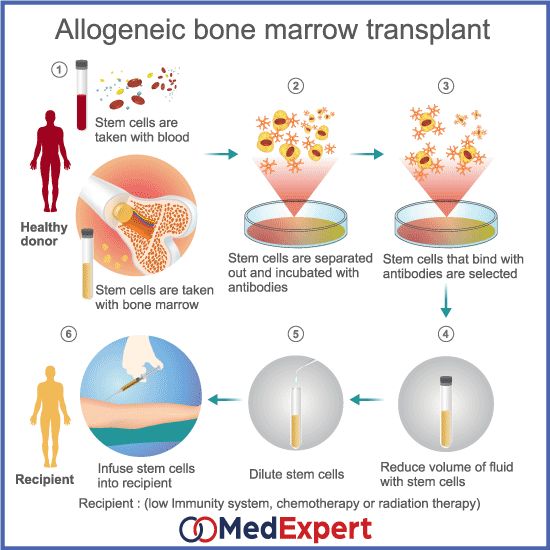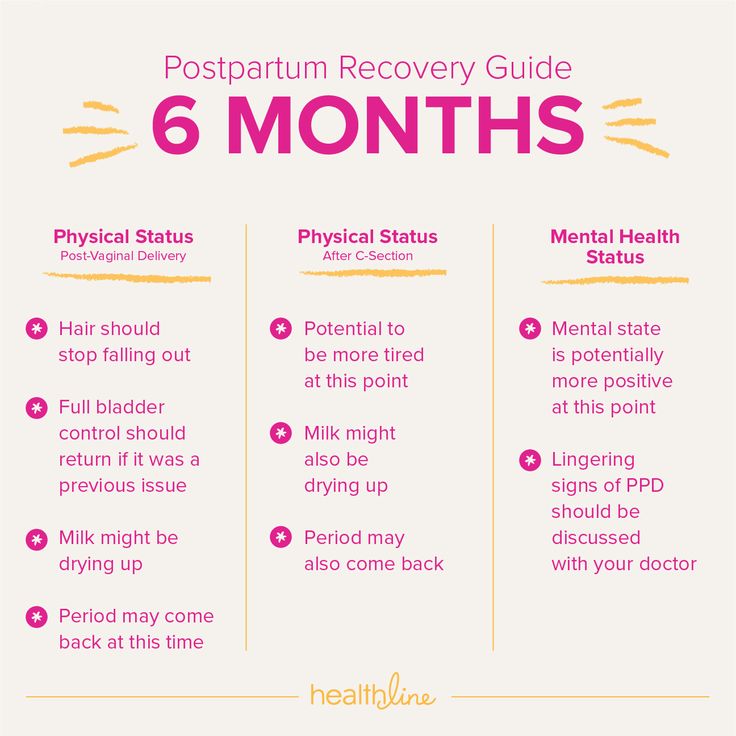Blanching rash in children
Kids Health Information : Rashes
Rashes are very common in children and babies. Most rashes are caused by common viral infections, and are nothing to be worried about. Usually, rashes are harmless and will go away on their own.
Sometimes different viruses can cause rashes that look the same, while some viruses cause rashes that look quite unique.
Measles is a virus that causes a distinctive rash. Measles is very contagious and can be serious. If you think your child has measles, see your GP.
If your child has a rash of small, bright-red or purple spots or bruises that do not turn white (blanch) when you press on them, seek urgent medical attention.
Signs and symptoms
Rashes can have many different appearances: red, flat areas; raised bumps; blisters; welts; or any combination of these. It can be common for the rash to spread to most or all of the body before it goes away. The rash may last for days to weeks.
Most rashes are mild and do not cause your child any distress, although some rashes can cause a lot of itching.
Some rashes are quite distinctive. For more information about viruses that cause a rash, see our fact sheets:
-
Chickenpox
- Hand, foot and mouth disease
-
Henoch-Schönlein purpura
- Measles
-
Molluscum
- Roseola infantum
-
Slapped cheek (fifth disease)
When to see a doctor
Often the viral infection causing the rash will also cause your child to have a fever (see our fact sheet
Fever in children). The fever often happens at the start of the illness, before the rash appears. When the rash appears, it means your child is getting better. However, if your child has a fever with their rash, take them to see your GP.
However, if your child has a fever with their rash, take them to see your GP.
Measles can be dangerous, especially for young children and babies. If you think that your child might have measles, see your GP. Ask if your doctor can visit your child at home, or if you visit a medical clinic, tell the receptionist as soon as you arrive, to avoid spreading the infection to others.
If your child has a rash of small, bright-red or purple spots or bruises that do not turn white (blanch) when you push on them, along with a fever, headache, stiff neck or back pain, seek medical advice immediately from your GP or nearest hospital emergency department. See our fact sheet Meningococcal infection.
Care at home
In nearly all cases, it is not important to know which virus is causing the rash. Most rashes will get better on their own. Antibiotics do not work on viruses and are not given to children with rashes caused by viral infections.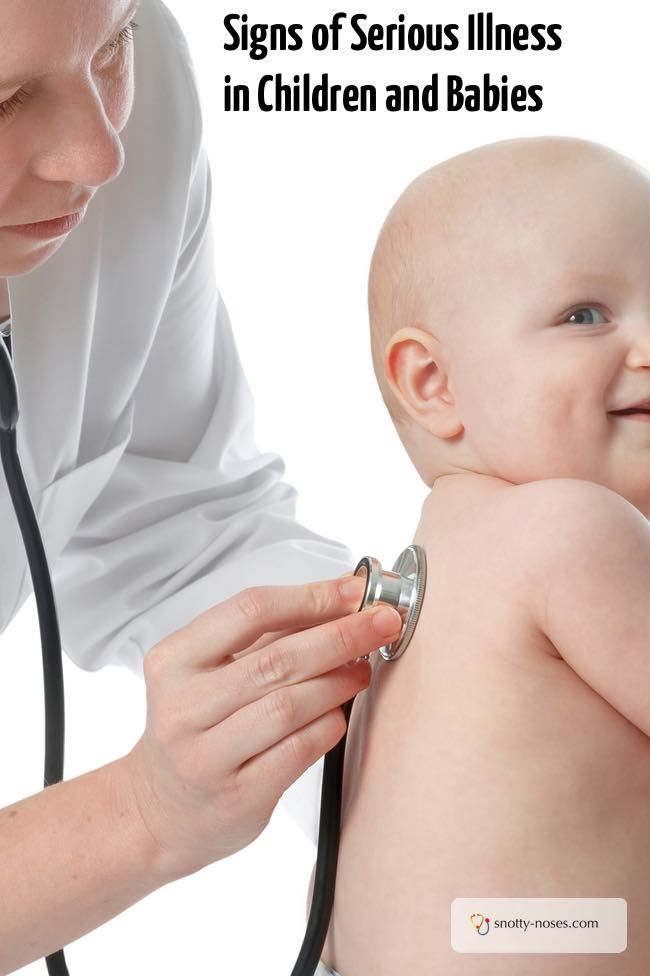
If your child's rash is itchy, talk to your local pharmacist about treatments that can help relieve the itch.
You can make your child feel more comfortable if the virus associated with the rash is making your child feel miserable. See our fact sheet Pain relief for children.
How are viral infections spread?
Viruses are spread by direct contact. The best way to prevent spreading and catching viruses is to wash your hands after touching any bodily fluid and avoid sharing items like cutlery, drinking cups, towels, toothbrushes and clothing.
Key points to remember
- Rashes caused by viruses are very common in children and babies.
- Most viral rashes are harmless and will go away on their own.
- If you are concerned your child has measles, see a doctor.
- If your child has a fever and a rash that does not turn white (blanch) when pressed or they are very unwell, seek emergency medical care.
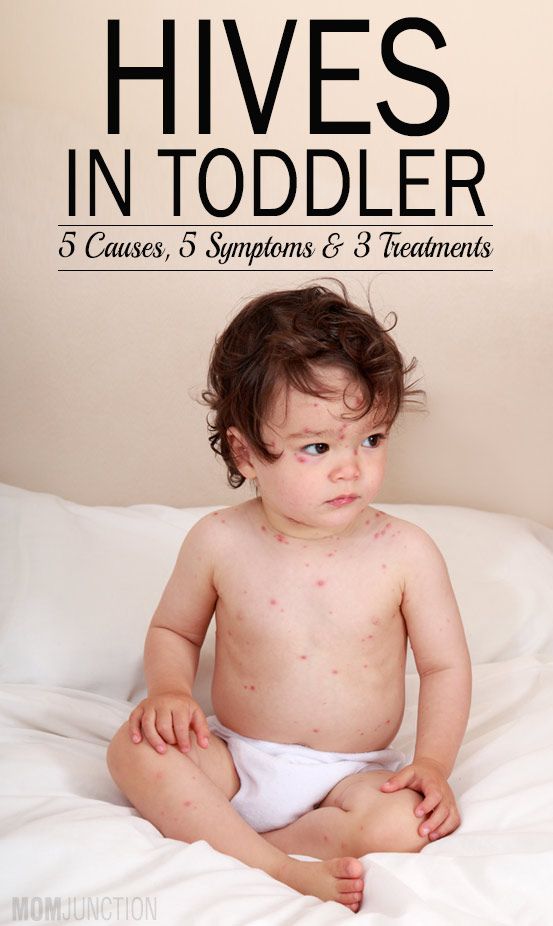
For more information
- Dr Margie: Childhood rash symptoms and treatment
- Kids Health Info fact sheet: Measles
- Kids Health Info fact sheet: Chickenpox
- Kids Health Info fact sheet: Hand foot and mouth disease
- Kids Health Info fact sheet:
Roseola infantum
- Kids Health Info fact sheet: Slapped cheek (fifth disease)
- Kids Health Info fact sheet: Meningococcal infection
- Kids Health Info fact sheet: Viral illnesses
- Kids Health Info fact sheet: Hives
- Kids Health Info fact sheet: Fever in children
- Kids Health Info fact sheet:
Pain relief for children.
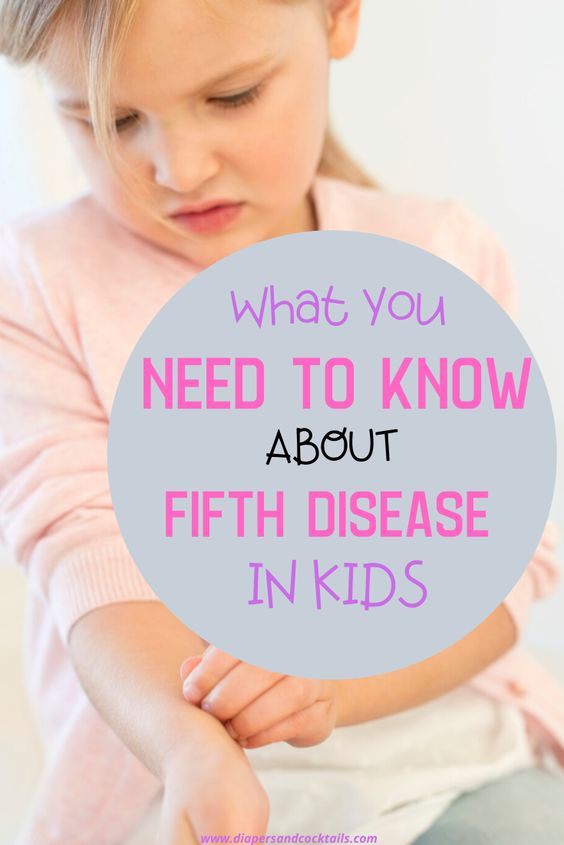
- See your GP or Maternal and Child Health Nurse.
Common questions our doctors are asked
Do I need to take my child to the doctor every time she has a rash?
No, if your child has a mild illness – like the common cold – and they are otherwise happy and eating and drinking, then the presence of a slight rash is not concerning.
My child has a rash and I am pregnant. Should I be worried?
Some viral infections can cause problems in early pregnancy. If you are pregnant, and your child has a rash and you are concerned, you should see your local doctor or obstetrician for advice.
Developed by The Royal Children's Hospital General Medicine department. We acknowledge the input of RCH consumers and carers.
Reviewed May 2018.
Kids Health Info is supported by The Royal Children’s Hospital Foundation. To donate, visit
www.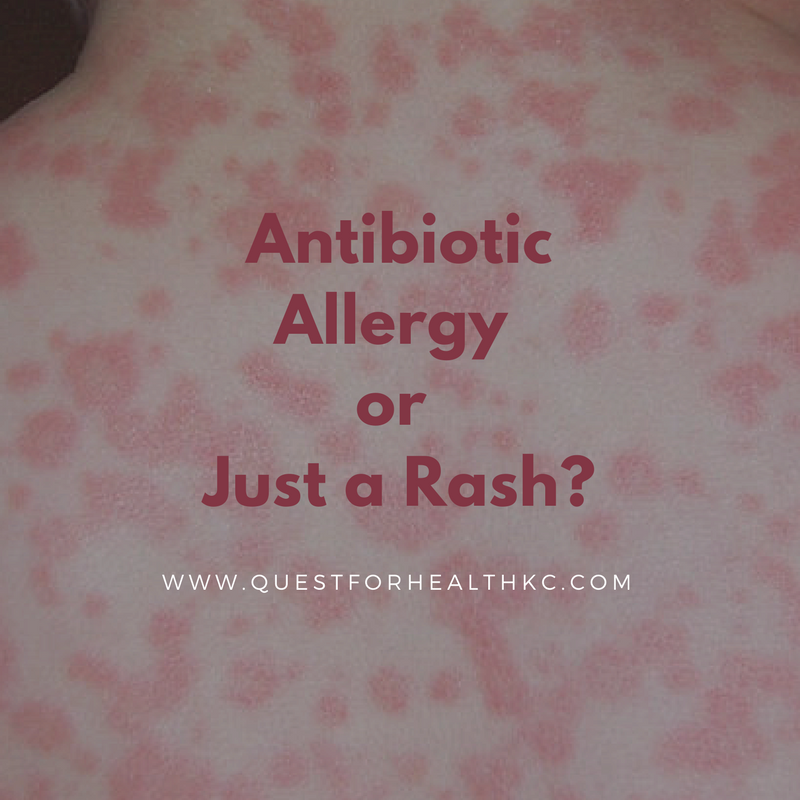 rchfoundation.org.au.
rchfoundation.org.au.
Does my child need treatment for their rash
Keywords
Jeffrey M. Sabey, DO
Rashes are common throughout childhood. They look painful and often itch, and they can develop because of allergies, a viral infection, fungal infection, or even serious medical conditions. Because rashes are so common it’s hard to know how to treat them —or if you should take your child to the doctor.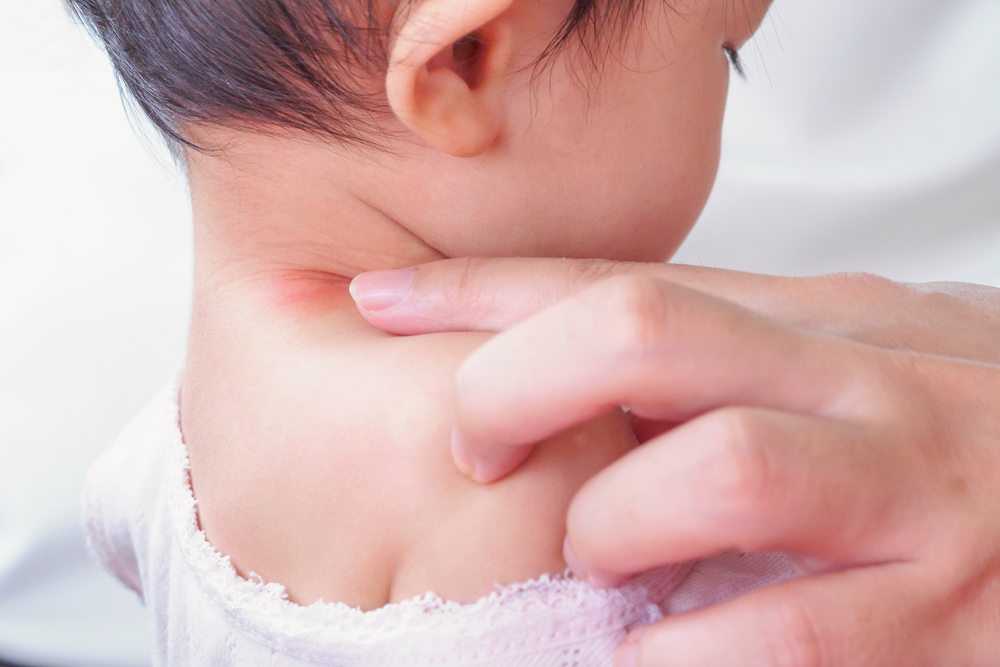
While it’s easy for parents to drive themselves crazy with worry over every rash that develops, understanding the basics of childhood rashes will ease your mind and help you make informed decisions.
Treating a rash at home
When your child develops a rash, there are a few things you can do treat it at home. You’ll first need to determine the cause of the rash, then you’ll have a better idea of where to start treatment.
Rash types
Do you know what’s causing your child’s rash? Are they sick? Allergic to something? Unless your child’s symptoms are serious (see “when to see your doctor” below), the first thing you should try to do is figure out what’s causing the rash. Has your child come into contact with something that’s irritating their skin? Soaps, chemicals, jewelry, poison ivy, or even pets can cause allergic reactions. Does you baby or toddler just have diaper rash? Try to rule out causes. Even if you can’t pinpoint a clear cause, narrowing down the causes will help you if you need to take your child to the doctor.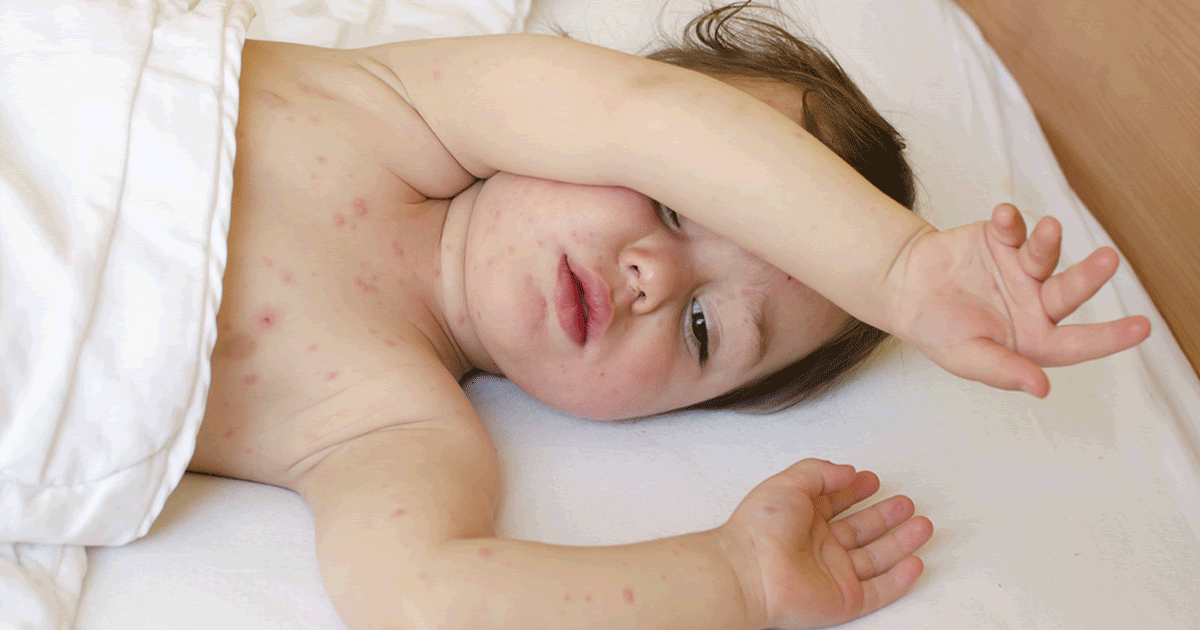
Clean the skin
Use mild soap to gently wash your child’s rash in warm water. Avoid scrubbing, which could further irritate their rash. Pat the skin dry with a towel. Leave the rash uncovered.
Treat symptoms
For minor rashes where the skin isn’t broken, place a wet cloth on your child’s rash to reduce pain and itching. You can also use over-the-counter anti-itch creams like hydrocortisone and topical Benadryl. And if your child is older than 2 you can try a weight-appropriate dose of Benadryl or Claritin/Zytrec.
You may also want to cut your child’s fingernails and have them wear gloves at night. This will help prevent them from scratching the rash and possibly making it worse.
Blanching and non-blanching rashes
Many childhood rashes look dangerous, but a good percentage will go away on their own or with minimal treatment. So how can you tell if your child’s rash is serious? A quick and easy test will help you determine if a rash needs immediate medical treatment.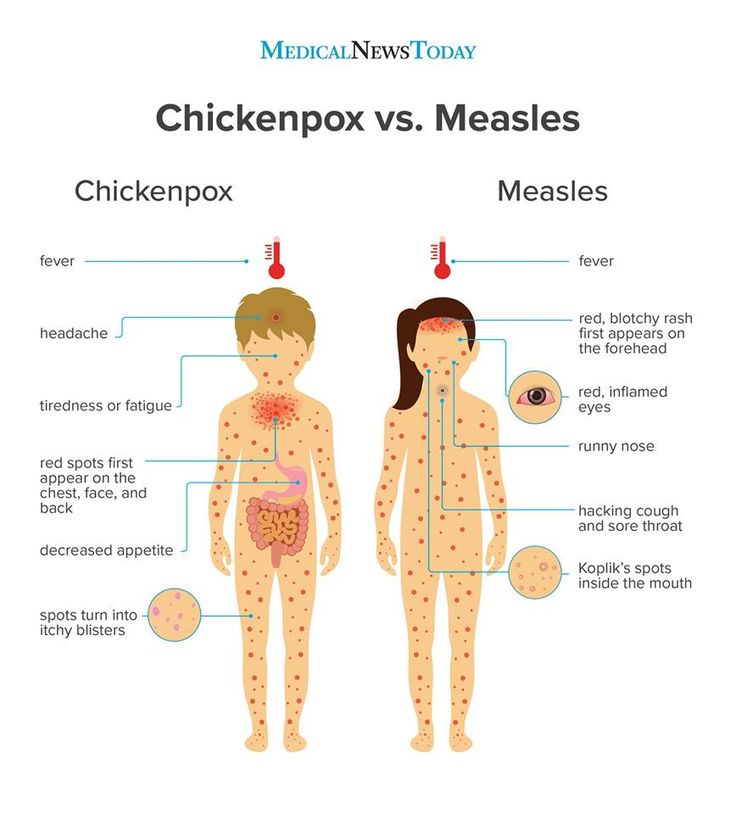 This test will tell you if the rash “blanches,” or goes away with pressure.
This test will tell you if the rash “blanches,” or goes away with pressure.
- Press against your child’s rash gently with the pads of your fingers, or place the side of a glass tumbler against the rash.
- Pull away your fingers quickly to look or look through the side of the glass. If the rash disappears or turns white it’s a blanching rash. Rashes that blanch when touched aren’t usually serious. Most rashes are blanching rashes, including virus rashes and allergic reactions.
If the rash doesn’t disappear or turn white and has dark purple or red blotches (non-blanching), it could be serious. If that’s the case, you should contact your healthcare provider immediately to rule out more serious medical conditions.
When to see the doctor
Your child’s rash may be accompanied by various symptoms. Contact your doctor immediately if your child has the following:
- A rash that doesn’t get better after a few days or with over-the counter treatment
- Fever with a rash
- Painful urination with a rash
- A butterfly-shaped rash across the nose and cheeks
- Is younger than six months old
- Bruises not related to an injury
- A rash that looks like a bull’s eye or is oval in shape
- A rash that’s worse in skin creases
- A widespread rash with enlarged, tender lymph nodes
- A non-blanching rash
- Hives and/or swelling in the mouth or face
- Isn’t eating well
- Has changes in breathing or trouble breathing
- A rash that’s red, swollen, wet, crusty, blistering, or oozy
- A rash that peels and is localized on the palms or the soles of the feet
- A rash where the skin is sloughing, involves the eyes, or is inside the mouth or vaginal area
In addition, talk to your child’s doctor anytime you have concerns about their health. It’s better to talk to your doctor about a rash (even if it ends up being benign and self-limiting) than to miss symptoms of a serious medical condition.
It’s better to talk to your doctor about a rash (even if it ends up being benign and self-limiting) than to miss symptoms of a serious medical condition.
Pediatrics
Last Updated: 5/2/2018
-
Pediatrics
-
LiVe Well
Copyright ©2023, Intermountain Healthcare, All rights reserved.
Rash in a child on the body, legs, back
We treat children according to the principles of evidence-based medicine: we choose only those diagnostic and treatment methods that have proven their effectiveness.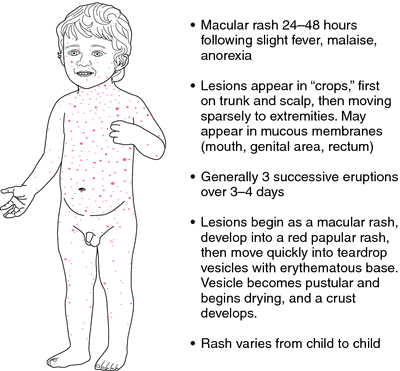 We will never prescribe unnecessary examinations and medicines!
We will never prescribe unnecessary examinations and medicines!
Make an appointment via WhatsApp
Prices Doctors
The first children's clinic of evidence-based medicine in Moscow
No unnecessary examinations and medicines! We will prescribe only what has proven effective and will help your child.
Treatment according to world standards
We treat children with the same quality as in the best medical centers in the world.
The best team of doctors in Fantasy!
Pediatricians and subspecialists Fantasy - highly experienced doctors, members of professional societies. Doctors constantly improve their qualifications, undergo internships abroad.
Ultimate treatment safety
We made pediatric medicine safe! All our staff work according to the most stringent international standards JCI
We have fun, like visiting best friends
Game room, cheerful animator, gifts after the reception.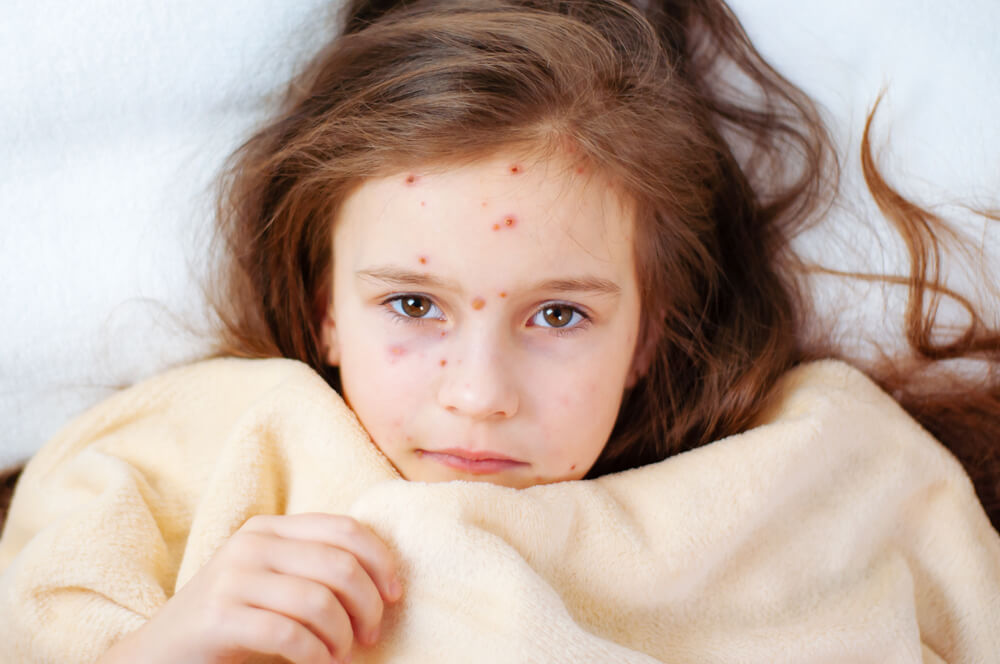 We try to make friends with the child and do everything to make the little patient feel comfortable with us.
We try to make friends with the child and do everything to make the little patient feel comfortable with us.
You can make an appointment by calling or by filling out the form on the site
Other Pediatric services
- Pediatrician's consultation
- Child Health Management Program
Frequent calls
- Acute bronchiolitis in children: diagnosis and treatment
- SARS
- Angina streptococcal tonsillitis
- Frequently ill child nine0034
- Intestinal infections
- Pneumonia (pneumonia) in children
- Colic
- Feeding problems
- Prolonged cough in a child: diagnosis and treatment
- Acute bronchitis in children: diagnosis and treatment
- Pneumonia (pneumonia) in children: diagnosis and treatment nine0034
- False croup in a child
- Coxsackie virus in a child
- The child was bitten by a tick! What to do?
Online payment
Documents online
Online services
- nine0079
Causes of a rash in children
Naturally, only a pediatrician, dermatologist or allergist can correctly determine the cause of the rash , diagnose and prescribe treatment for a child.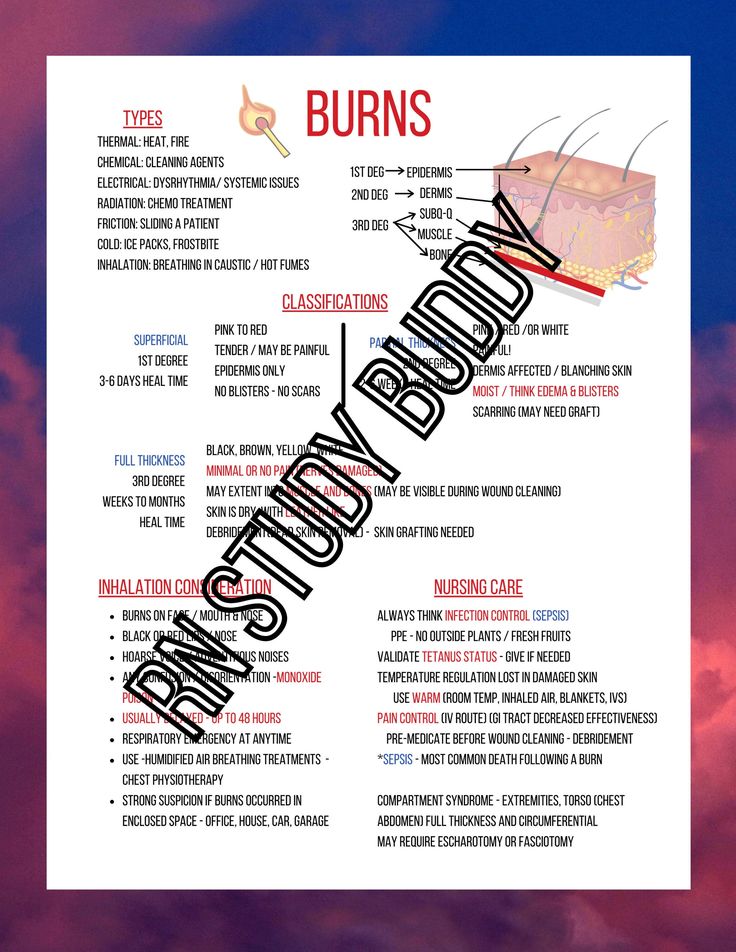 But provide initial assistance, relieve itching and the parents themselves can help the baby, knowing the main signs and causes of rash . At the first stage, it is important to determine the nature of the rash - infectious , allergic or none of the above.
But provide initial assistance, relieve itching and the parents themselves can help the baby, knowing the main signs and causes of rash . At the first stage, it is important to determine the nature of the rash - infectious , allergic or none of the above.
Causes of rashes in children:
1. Newborn acne . For the first time may occur in newborns at the age of 1 - 2 months. As a rule, such rashes are hormonal in nature, are not contagious and are not allergic . A rash in the form of pimples, sometimes with a white dot in the middle, appears on the head, body of the baby. If there are no purulent compartments, then the rash goes away on its own and does not require treatment. Acne can also occur in teenagers. They most often appear on the face in the form of black dots and are associated with hormonal changes in the body of a teenager and an increased work of the sebaceous glands. 2. Urticaria is an allergic reaction on the child's skin, accompanied by itching and the appearance of blisters on various parts of the body, in some cases the temperature may rise and the child's stool is disturbed. Blisters appear suddenly and can also disappear quickly, but sometimes they disappear only after a few days. The causes of urticaria can be various factors: hormonal disorders, malfunctions of the liver, kidneys, consumption of foods that caused an allergic reaction (fish, eggs, citrus fruits, etc.), insect bites, reaction to sunlight, temperature changes, emotional stress etc. Urticaria can be chronic does not go away for a long time, and acute disappears after a few hours. 3. Food allergy manifests as pinkish-red spots. It is slightly convex, edematous in places of scratching and is accompanied by itching. It is localized, as a rule, on the baby's cheeks, but can also appear on other parts of the body. It can occur in both infants and adolescents. If the baby is breastfed, then the allergy that has arisen is associated with the products consumed by the mother. If the newborn is artificially fed, then an allergic reaction may appear on the mixture. In older children, food allergies can be caused by fish, eggs, nuts, chocolate, strawberries, and other foods; nine0003 Allergy, as a rule, is accompanied by edema, which in turn, if not properly treated and provided with untimely assistance, cause suffocation . If an allergy of any nature occurs, a pediatrician's consultation is required to help in choosing the optimal mixture for the baby, or a pediatric dermatologist - allergist for referral to laboratory tests of older children ; 4. 5. Prickly heat . It occurs mainly in infants. It manifests itself in the form of red pimples all over the body, especially in the inguinal zone. The affected areas must be smeared with a special baby cream, air baths for the baby more often and a diaper change; nine0003 6. Roseola (erythema infectiosum) is an acute childhood viral disease affecting only children under 2 years of age. Very often, roseola is confused with SARS or rubella . 7. Windmill . This is a common childhood infectious disease that requires treatment. The incubation period of this disease can last from 11 to 21 days. Occurs at any age. It is accompanied by a rash on the skin and mucous membranes in the form of red spots, in the center of which blisters with a yellowish liquid are localized. Accompanied by itching. As the disease progresses, the blisters burst, crusts form, leaving scars if the child scratches the blister and infects. The disease can also cause fever and headache; nine0003 8. Measles is an acute infectious disease that is quite rare due to the use of vaccinations. In addition, this virus is rarely activated in babies under 8 months old, because. 9. Scarlet fever is an acute infectious streptococcal disease. Begins with sore throat, high temperature, enlarged tonsils , in some cases with plaque. Then a small dotted rash appears on the back, chest, knees, armpits, groin and quickly spreads throughout the body and face. Only the area around the mouth remains white. 10. Rubella is an acute infectious disease . The disease begins with a slight increase in temperature and enlargement of the lymph nodes in the parotid and cervical region. A small rash also appears on the face and behind the ears, and then all over the body. Rubella is very dangerous for pregnant women, and complications can occur in older children and adolescents. In children, the disease proceeds in a fairly mild form; 11. Meningitis is an inflammation of the membranes of the brain and spinal cord. Rash in meningitis is not the main symptom. However, with this disease, rashes appear on the back of the throat, as well as on the hips, back, buttocks in the form of a red rash of various shapes. Symptoms of meningitis include very high fever, severe headache, vomiting, photophobia, and neck muscle tension. 12. Streptoderma is a skin infection caused by Staphylococcus aureus. The disease affects, as a rule, the paranasal and perioral region. In the beginning, redness appears around the nose and mouth, then small bubbles with liquid. When they burst, yellow crusts remain. The disease may be accompanied by fever; 13. Herpes is an infectious disease accompanied by the appearance of blisters on the skin and mucous membranes, in children it is most often located on the lips. This disease is extremely rare in newborns, because. they are given maternal immunity. It affects children from 3 to 4 years of age. In addition to a rash, the disease may be accompanied by a sore throat, fever. nine0003 There are a lot of skin rashes and diseases in children, they can be very similar, but some are completely harmless to your child's health, while others pose a threat not only to the general condition, but also to the child's life! Do not take risks, and if you have any doubts, if any spots, rashes and other symptoms appear, contact your pediatrician, who, if necessary, will refer you and your child to a pediatric dermatologist, allergist, neurologist or other highly specialized specialist, depending on the nature of the rash and the severity of the skin disease.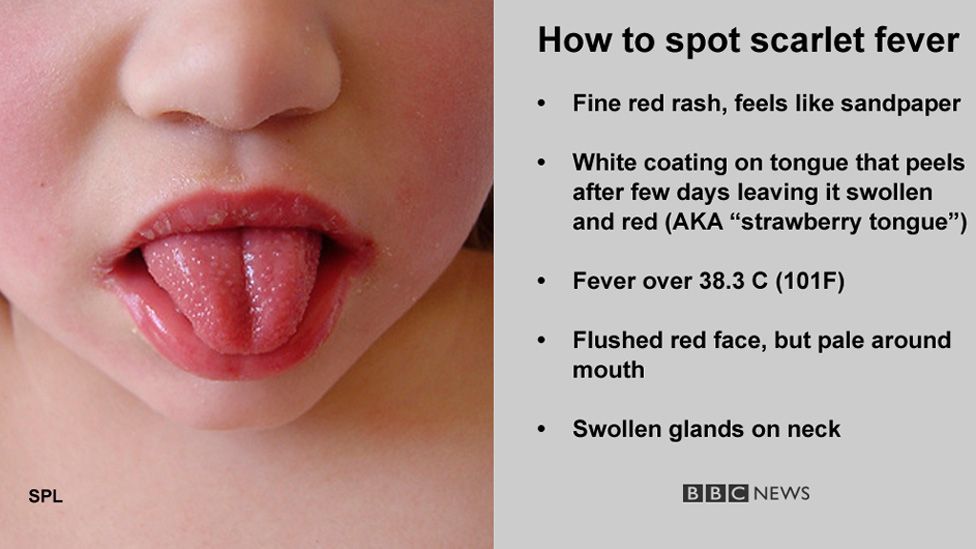 To prevent acne, there are cosmetic lotions, washing gels and other products. In case of inflammation, it is better to seek advice from a pediatric dermatologist or cosmetologist, because. antibiotic treatment may be needed; nine0003
To prevent acne, there are cosmetic lotions, washing gels and other products. In case of inflammation, it is better to seek advice from a pediatric dermatologist or cosmetologist, because. antibiotic treatment may be needed; nine0003  For the treatment of urticaria, it is important to identify the underlying cause that caused it;
For the treatment of urticaria, it is important to identify the underlying cause that caused it; 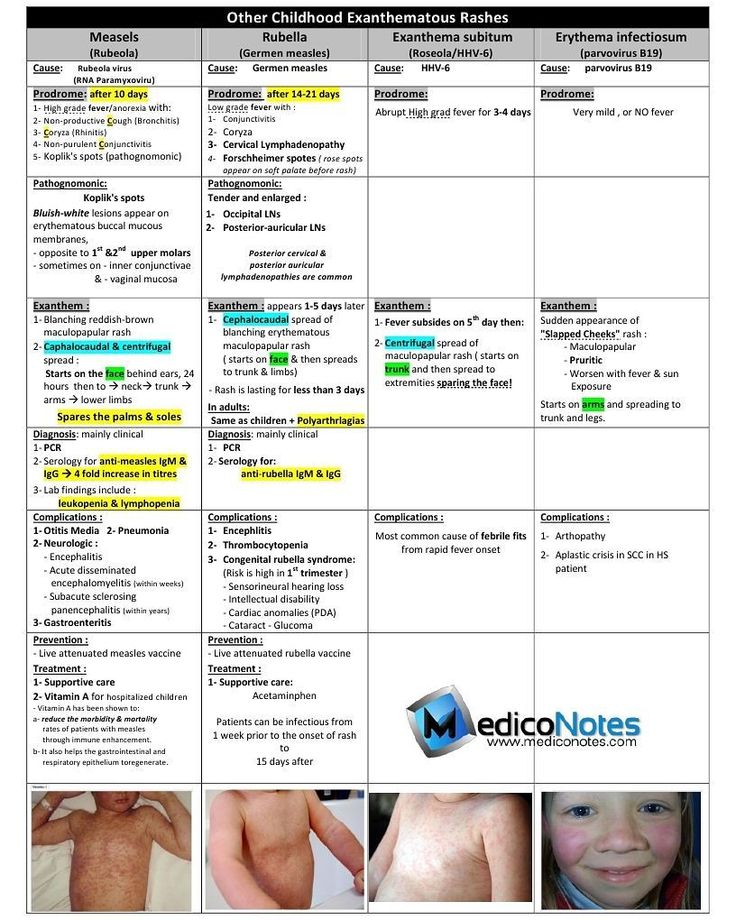 Household allergies . It can occur in both newborns and older children. It usually appears as pimples all over the body and is accompanied by lachrymation, sneezing. The causes of such a reaction of the body can be washing powder and other detergents, dust, plants, animal hair, etc. An allergic rash differs from an infectious rash in that the child does not have a temperature with it, he does not have general ailments, there is no loss of appetite, drowsiness;
Household allergies . It can occur in both newborns and older children. It usually appears as pimples all over the body and is accompanied by lachrymation, sneezing. The causes of such a reaction of the body can be washing powder and other detergents, dust, plants, animal hair, etc. An allergic rash differs from an infectious rash in that the child does not have a temperature with it, he does not have general ailments, there is no loss of appetite, drowsiness; 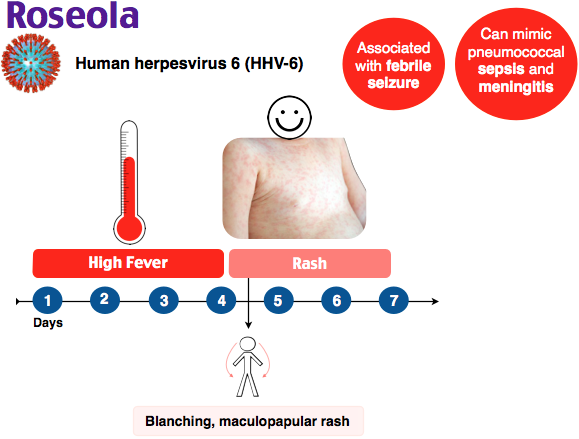 At the beginning of the illness, the baby's temperature rises sharply, which lasts 3-5 days, and after that the child becomes covered with a red-pink rash that disappears in 5-7 days. This is not a dangerous disease, it does not require treatment, and if it occurs, the child should be given only antipyretic drugs;
At the beginning of the illness, the baby's temperature rises sharply, which lasts 3-5 days, and after that the child becomes covered with a red-pink rash that disappears in 5-7 days. This is not a dangerous disease, it does not require treatment, and if it occurs, the child should be given only antipyretic drugs; 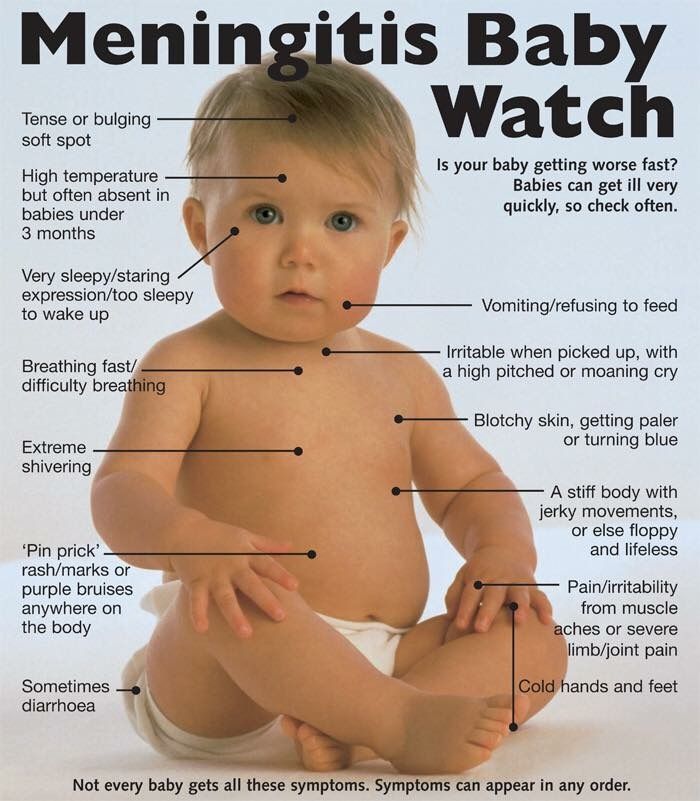 they are protected by their mother's immunity. The disease begins with symptoms of a common cold - coughing, lacrimation, sneezing and fever up to 40 C. Then the child develops white spots on the mucous surface of the cheeks, nasal discharge, severe headache, photophobia. Then, within a few days, red spots of various shapes appear on the face, neck, near the head and further throughout the body. The disease is contagious within a week of the onset of the first symptoms. The virus is dangerous with complications such as: meningitis , pneumonia , development of deafness, brain damage and even death;
they are protected by their mother's immunity. The disease begins with symptoms of a common cold - coughing, lacrimation, sneezing and fever up to 40 C. Then the child develops white spots on the mucous surface of the cheeks, nasal discharge, severe headache, photophobia. Then, within a few days, red spots of various shapes appear on the face, neck, near the head and further throughout the body. The disease is contagious within a week of the onset of the first symptoms. The virus is dangerous with complications such as: meningitis , pneumonia , development of deafness, brain damage and even death; 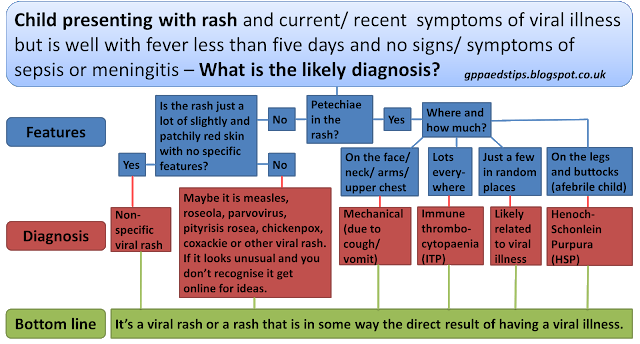 Throat and tongue become very red. By the end of the disease, peeling of the skin on the toes and hands begins; nine0003
Throat and tongue become very red. By the end of the disease, peeling of the skin on the toes and hands begins; nine0003 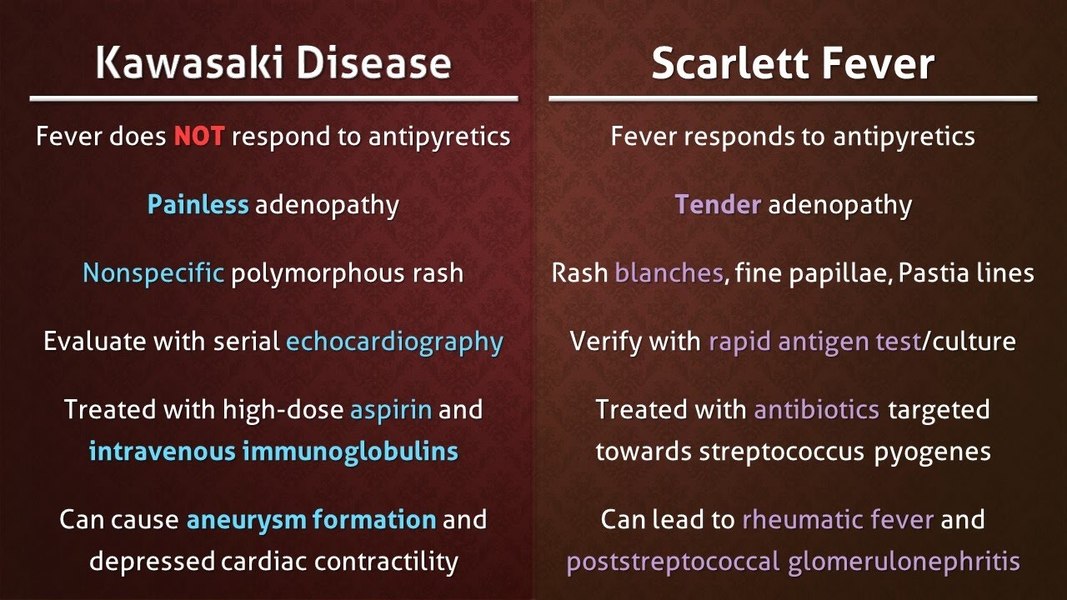 At the slightest suspicion of meningitis, parents should immediately consult a doctor. Timely help with this disease will save the child's life; nine0003
At the slightest suspicion of meningitis, parents should immediately consult a doctor. Timely help with this disease will save the child's life; nine0003 